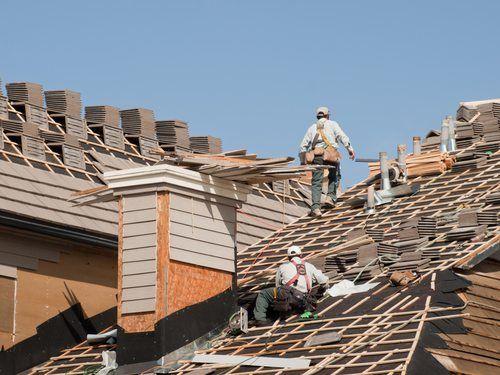Your roof is a crucial component of your home, providing protection from the elements and ensuring the safety and comfort of your family. Over time, every roof will reach a point where it needs to be replaced. However, do you know when your roof was last replaced? In this article, we will explore various methods to help you determine the age of your roof and find out when it was last replaced.

Why Knowing the Roof Replacement Date is Important
Understanding when your roof was last replaced is essential for several reasons:
- Maintenance Planning: Knowing the age of your roof allows you to plan for routine maintenance and inspections. Regular upkeep can extend the life of your roof and prevent costly issues.
- Warranty Validation: Many roofing materials come with warranties that cover specific time periods. If your roof is still under warranty and experiences problems, you may be eligible for repairs or replacements at no cost.
- Resale Value: If you’re considering selling your home, potential buyers may ask about the age of the roof. A newer roof can increase your home’s resale value.
- Insurance Claims: In the event of damage, having accurate information about your roof’s age is crucial when filing an insurance claim.
Methods to Find Out When Your Roof Was Last Replaced
1. Check Home Records
Start by reviewing your home records and any documents related to the purchase of your property. If your home was recently built or had a roof replacement before you purchased it, this information may be available in the purchase documents.
2. Consult Building Permits
Building permits are often required for roof replacements. Check with your local municipal office to see if there are records of permits issued for a roof replacement on your property.
3. Examine the Roofing Material
Inspecting the roofing material itself can provide clues about its age. Different roofing materials have varying lifespans. For example, asphalt shingles typically last around 20-30 years, while metal roofs can last much longer.
4. Ask Previous Owners or Neighbors
If you’re unable to find records or permits, consider asking previous owners if they have information about the roof’s age. Neighbors who have lived in the area for a long time may also have knowledge about when your roof was last replaced.
5. Hire a Professional Roof Inspector
A professional roof inspector can assess the condition of your roof and may be able to estimate its age based on wear and tear, the type of roofing material, and other factors.
Common Signs Your Roof Needs Replacement
Even if you don’t know when your roof was last replaced, there are signs that can indicate it’s time for a new roof:
- Curling or Missing Shingles: Curling or missing shingles are a clear sign of roof wear and tear.
- Leaks: If your roof is leaking, it’s a strong indicator that it needs attention.
- Moss or Algae Growth: Excessive moss or algae growth can indicate an aging roof.
- Sagging or Drooping: A sagging or drooping roof is a sign of structural issues and requires immediate attention.
- High Energy Bills: An old or damaged roof can lead to increased energy bills due to poor insulation.
Conclusion
Knowing when your roof was last replaced is valuable information that can help you maintain your home’s integrity and value. By checking home records, consulting building permits, examining the roofing material, asking previous owners or neighbors, and seeking professional assistance, you can determine your roof’s age and plan for its maintenance or replacement accordingly. Don’t wait until your roof shows signs of significant damage; be proactive in caring for this essential component of your home.



Leave a Reply